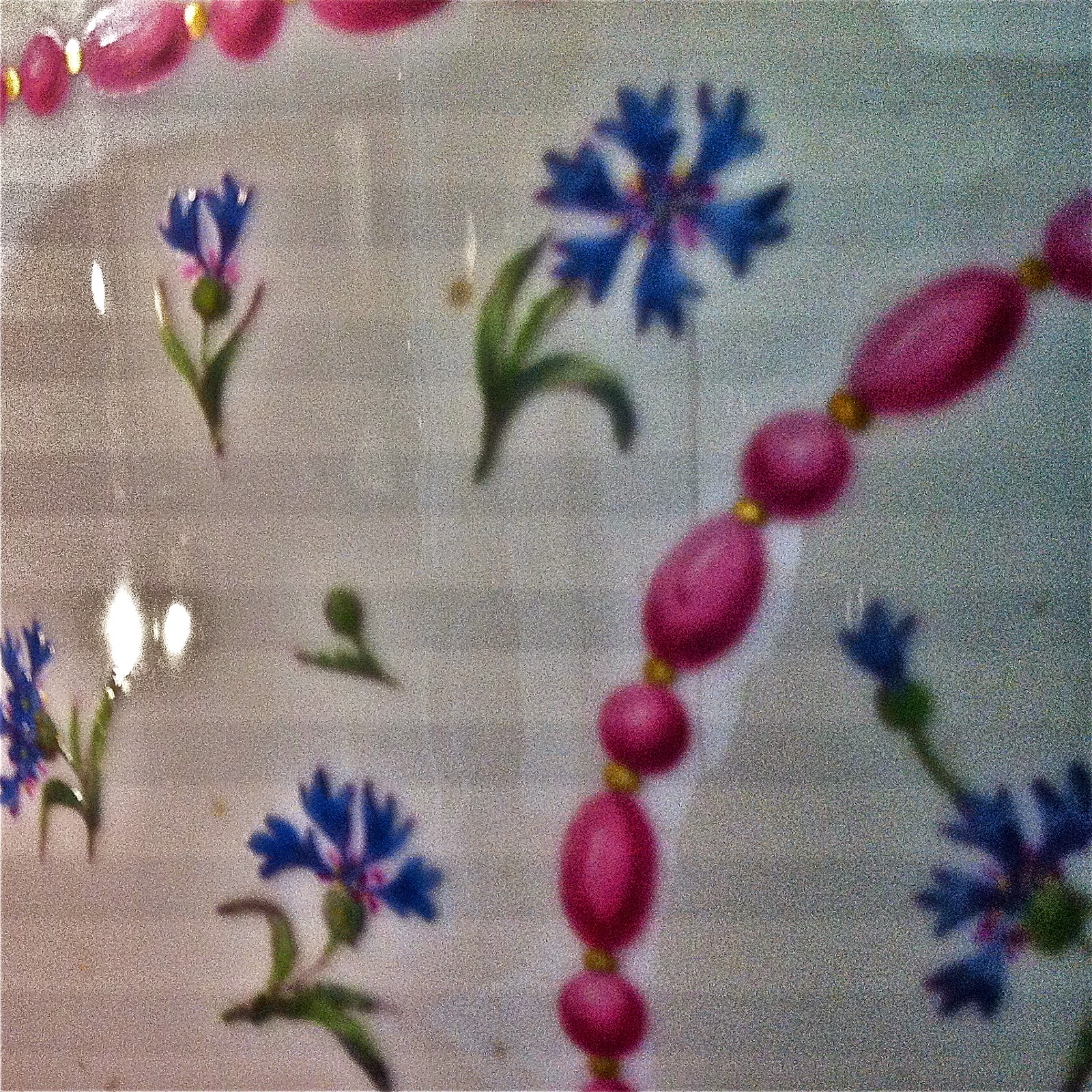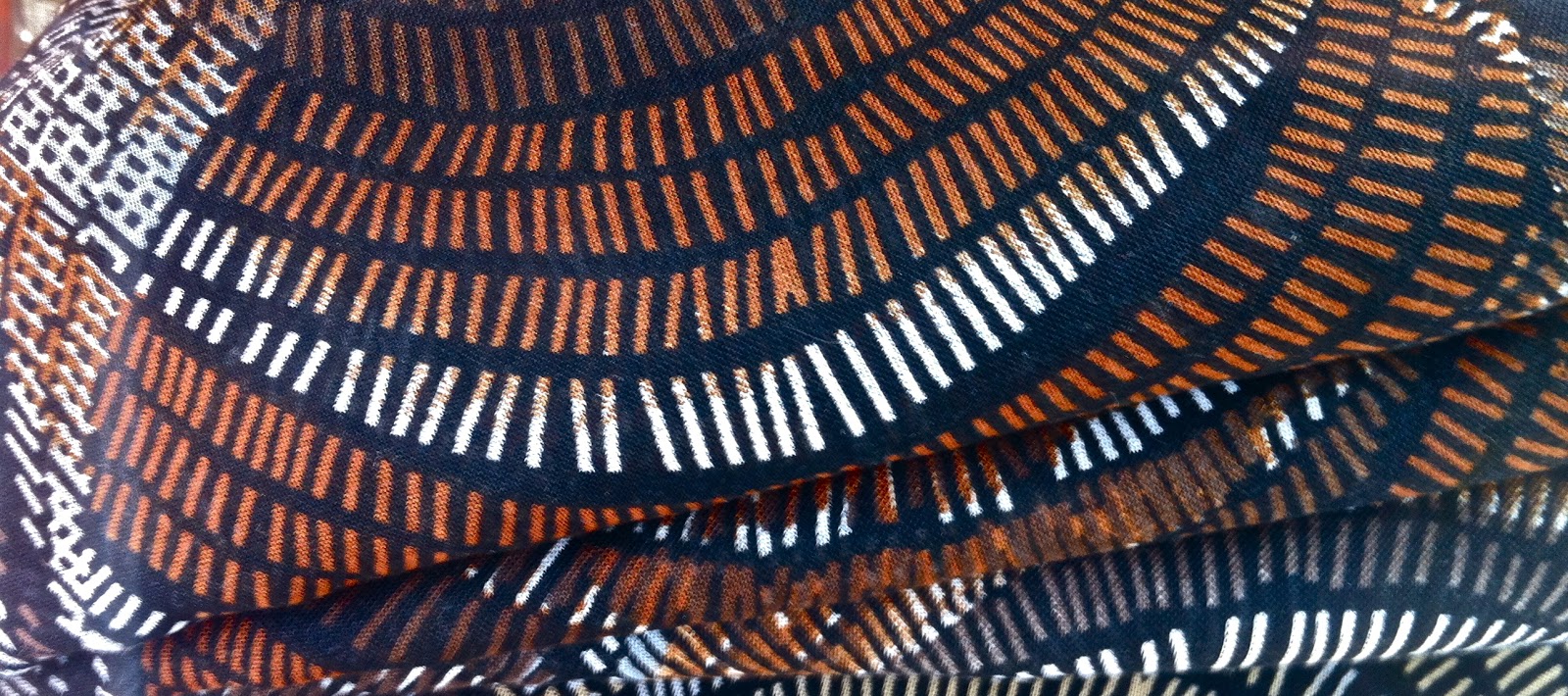The slow shift of the seasons is underway with still, cool mornings moving gently towards the warmth of late summer afternoons.
However I'm heading to Paris to stay in a perfect little garret with my daughter & to explore some more, Flâneur style, wandering here & there with
no particular place to go. Paris, where the eternal vagabond reinterprets his (or her) image of the city to suit our own dreams and imagination.
Paris was given the name of the City of Light during the Enlightenment, however in 1828, Paris began lighting the Champs-Elysées with gas lamps and being the first city in Europe to do so, became known from then onwards as La Ville-Lumière.
At the end of the 18th century, town planners in Paris created a labyrinth of hidden passages across Paris. Over the years many of them fell into disrepair or were demolished, but if you know where to look you can still push back a doorway and walk into a fabulous belle époque arcade, a glittering art nouveau galerie or an ancient courtyard. I have found some of the Arcades this way before and this led me to the extraordinary and fascinating work by Walter Benjamin called The Arcades Project which I have been dipping in and out of for years. There are many more arcades for me to find so I've compiled a list as follows -
1st arrondissement
Galerie du Palais Royal - 2 Place Colette.
Galerie Véro-Dodat - between 19 rue Jean-Jacques Rousseau & 2 rue du Bouloi.
2nd arrondissement
Galerie Colbert - between 4 rue Vivienne and 6 rue des Petits-Champs.
Galerie Vivienne - between 6 rue Vivienne and 4 rue des Petits-Champs.
Passage du Bourg-l'Abbé - between 120 rue Saint Denis & 3 rue Palestro.
Passage du Caire - 237-239 rue Saint-Denis.
Passage Choiseul - between 40 rue des Petits-Champs and 23 rue Saint-Augustin.
Passage du Grand-Cerf - between 145 rue Saint-Denis and 10 rue Dussoubs.
Passage des Panoramas - between 11 boulevard Montmartre and 10, rue Saint-Marc. Named in memory of the two panoramas that stood on either side of its entranceway and that disappeared in 1831.
Passage du Ponceau - between 119 boulevard de Sébastopol and 212 rue Saint-Denis.
Passage des Princes - between 5 boulevard des Italiens and 97 rue de Richelieu.
8th arrondissement
Arcade des Champs-Elysées - 76-78 avenue des Champs-Élysées
Galerie de la Madeleine - between 9 place de la Madeleine & 30 rue Boissy-d'Anglas.
9th arrondissement
Passage Jouffroy between 10-12 boulevard Montmartre & 9 rue de la Grange-Batelière. There are a number of passages in the Grand Boulevard neighborhood and the fun part is that they all seem to connect. You exit one, and across the street is another, and soon you’re deep in the middle of a neighborhood, far from the main avenue. The Paris passages each have distinct personalities, some are dusty and traversed less often, others are full of visitors and packed with visual distractions. The Passage Jouffroy is one of the latter.
Passage Verdeau - between 6 rue de la Grange-Batelière & 31 bis rue du Faubourg-Montmartre.
The last of the passages in the Grands Boulevards after Passage Jouffroy and the Passage des Panoramas, Verdeau was built at the same time as Jouffroy in 1847, and has the same avant-garde architectural details and a cradle-like glass roof, though it's rather more low key – people come here to avoid the crowds and browse antiques dealers, speciality comics from the 50s and old postcards.
10th arrondissement
Passage Brady - between 46 rue du Faubourg Saint-Denis and 22 boulevard de Strasbourg. One of two iron and glass covered passages, opened in 1828, now famous for Indian, Pakistani and Bangladeshi restaurants.
Ideas to work on from autumn days in Paris and Versailles.
My photographs have been zoomed into as I'm looking for aspects and details that I can later develop into paintings and designs for jewellery.
Marie Antoinette had a particular love for flowers. In fact, I found it almost impossible not to find textiles, china, wallpaper, furniture or indeed any
other accoutrement that has not been lavishly embellished with them.
Her private rooms abound in them and down in her little village by the lake her idyll was given it's freedom, though now after decades of neglect are in the process of being renovated by the House of Dior. In contrast, the state apartments are decorated with far more formal designs, but flowers inevitably make their appearance.
The excellence of craftsmanship is extraordinary and an area to study without doubt. However you can hear the angry shouts at the palace gates and appreciate their grievances but not their methods. Verdigris on copper on rusty iron on the walls of the Sacré-Cœur in Montmatre.
Posters on drainpipes.
Painted glass door with reflections in the flea market.
Reflections.
Reflections.
African textiles - Marais.
Eroded reflections - Hall of Mirrors - Versailles.
RER chair cover on the train to Versailles.
Eroded gilding - Versailles.
Silk scarves - rue Mouffetard. Torn posters - Montmartre.
Torn posters - Montmartre.
Reflections - Marais.
Scarf details - Marais.
However I'm heading to Paris to stay in a perfect little garret with my daughter & to explore some more, Flâneur style, wandering here & there with
no particular place to go. Paris, where the eternal vagabond reinterprets his (or her) image of the city to suit our own dreams and imagination.
Paris was given the name of the City of Light during the Enlightenment, however in 1828, Paris began lighting the Champs-Elysées with gas lamps and being the first city in Europe to do so, became known from then onwards as La Ville-Lumière.
At the end of the 18th century, town planners in Paris created a labyrinth of hidden passages across Paris. Over the years many of them fell into disrepair or were demolished, but if you know where to look you can still push back a doorway and walk into a fabulous belle époque arcade, a glittering art nouveau galerie or an ancient courtyard. I have found some of the Arcades this way before and this led me to the extraordinary and fascinating work by Walter Benjamin called The Arcades Project which I have been dipping in and out of for years. There are many more arcades for me to find so I've compiled a list as follows -
1st arrondissement
Galerie du Palais Royal - 2 Place Colette.
Galerie Véro-Dodat - between 19 rue Jean-Jacques Rousseau & 2 rue du Bouloi.
2nd arrondissement
Galerie Colbert - between 4 rue Vivienne and 6 rue des Petits-Champs.
Galerie Vivienne - between 6 rue Vivienne and 4 rue des Petits-Champs.
Passage du Bourg-l'Abbé - between 120 rue Saint Denis & 3 rue Palestro.
Passage du Caire - 237-239 rue Saint-Denis.
Passage Choiseul - between 40 rue des Petits-Champs and 23 rue Saint-Augustin.
Passage du Grand-Cerf - between 145 rue Saint-Denis and 10 rue Dussoubs.
Passage des Panoramas - between 11 boulevard Montmartre and 10, rue Saint-Marc. Named in memory of the two panoramas that stood on either side of its entranceway and that disappeared in 1831.
Passage du Ponceau - between 119 boulevard de Sébastopol and 212 rue Saint-Denis.
Passage des Princes - between 5 boulevard des Italiens and 97 rue de Richelieu.
8th arrondissement
Arcade des Champs-Elysées - 76-78 avenue des Champs-Élysées
Galerie de la Madeleine - between 9 place de la Madeleine & 30 rue Boissy-d'Anglas.
9th arrondissement
Passage Jouffroy between 10-12 boulevard Montmartre & 9 rue de la Grange-Batelière. There are a number of passages in the Grand Boulevard neighborhood and the fun part is that they all seem to connect. You exit one, and across the street is another, and soon you’re deep in the middle of a neighborhood, far from the main avenue. The Paris passages each have distinct personalities, some are dusty and traversed less often, others are full of visitors and packed with visual distractions. The Passage Jouffroy is one of the latter.
Passage Verdeau - between 6 rue de la Grange-Batelière & 31 bis rue du Faubourg-Montmartre.
The last of the passages in the Grands Boulevards after Passage Jouffroy and the Passage des Panoramas, Verdeau was built at the same time as Jouffroy in 1847, and has the same avant-garde architectural details and a cradle-like glass roof, though it's rather more low key – people come here to avoid the crowds and browse antiques dealers, speciality comics from the 50s and old postcards.
10th arrondissement
Passage Brady - between 46 rue du Faubourg Saint-Denis and 22 boulevard de Strasbourg. One of two iron and glass covered passages, opened in 1828, now famous for Indian, Pakistani and Bangladeshi restaurants.
Ideas to work on from autumn days in Paris and Versailles.
My photographs have been zoomed into as I'm looking for aspects and details that I can later develop into paintings and designs for jewellery.
Marie Antoinette had a particular love for flowers. In fact, I found it almost impossible not to find textiles, china, wallpaper, furniture or indeed any
other accoutrement that has not been lavishly embellished with them.
Her private rooms abound in them and down in her little village by the lake her idyll was given it's freedom, though now after decades of neglect are in the process of being renovated by the House of Dior. In contrast, the state apartments are decorated with far more formal designs, but flowers inevitably make their appearance.
The excellence of craftsmanship is extraordinary and an area to study without doubt. However you can hear the angry shouts at the palace gates and appreciate their grievances but not their methods. Verdigris on copper on rusty iron on the walls of the Sacré-Cœur in Montmatre.
Posters on drainpipes.
Painted glass door with reflections in the flea market.
Reflections.
Reflections.
African textiles - Marais.
Eroded reflections - Hall of Mirrors - Versailles.
RER chair cover on the train to Versailles.
Eroded gilding - Versailles.
Silk scarves - rue Mouffetard.
 Torn posters - Montmartre.
Torn posters - Montmartre. Reflections - Marais.
Scarf details - Marais.






































